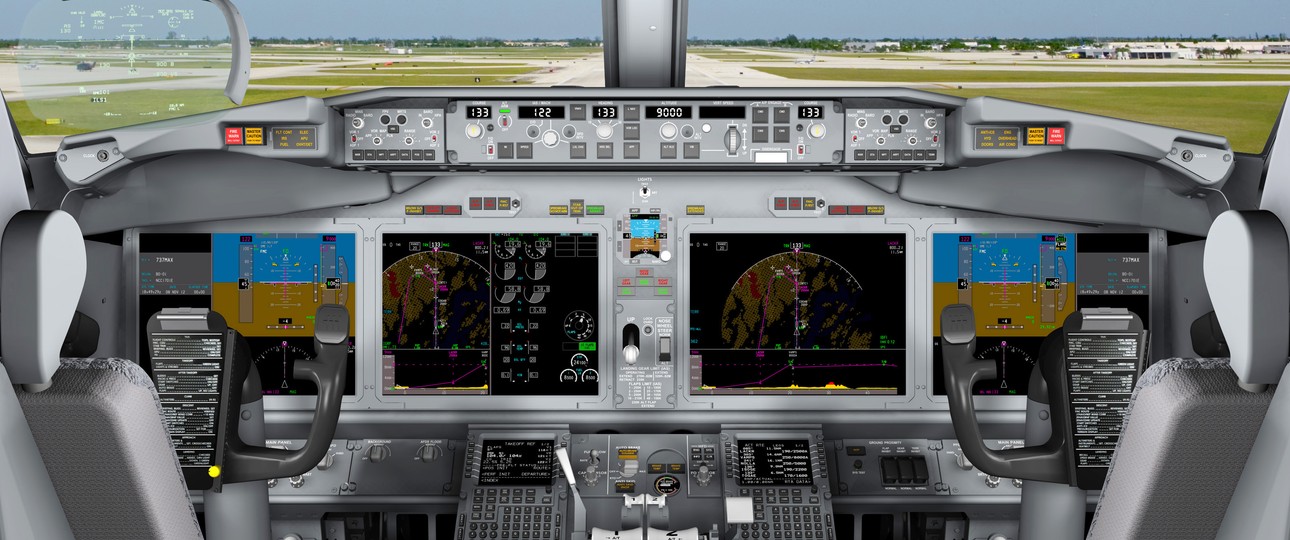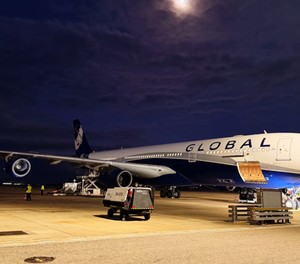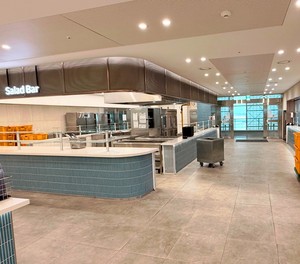Investigators and test pilots have found new problems during tests of the Boeing 737 Max in recent weeks. In June, it became known that due to a malfunction of a microprocessor, the autopilot may push the nose down as well. This has led the aircraft manufacturer to make a fundamental change to the technology of the 737 Max, reports The Seattle Times.
Instead of relying on a single computer as before, the flight control system will draw on input from both onboard computers in the future. This is to prevent the malfunction of a single microprocessor from leading to a nosedive. Until now, inputs have come from one single computer, changing from one to the other between flights.
More redundancies
Both computers will receive data from different sensors - another redundancy that will make flying on the Boeing 737 Max safer. As a result, the MCAS Maneuvering Characteristics Augmentation System receives data from two different sources.
Malfunctions of the MCAS led to two fatal crashes of Boeing 737 Max. Incorrect speed data made the system, which was intended to prevent a stall, push the nose of the aircraft downwards, triggering a nosedive. In both cases, pilots were unable to switch off the MCAS in time.
MCAS not mentioned once
One reason for the incidents was that the cockpit crew had not been fully informed about the system and its potential malfunctions. The Federal Aviation Administration FAA initially declared the MCAS to be insufficiently important for explaining the new system to the pilots when they are undergoing training.
This issue was repeatedly criticized after the two fatal crashes of Boeing 737 Max. The U.S. aviation authorities had relied solely on Boeing's assessment. In a 30-page document, in which the agency pointed out the differences between the old and the new 737, the MCAS was not mentioned a single time, according to the New York Times.
Boeing wants Max back in the air by October
For this reason, the FAA is now re-examining the new aircraft in great detail. The problems with the microprocessor, which also can cause a dive, have been discovered in the process. According to the Seattle Times, Boeing remains confident that the bugs will be fixed by October. Others are less optimistic. Various airlines are planning to end the year without flying the Max.










